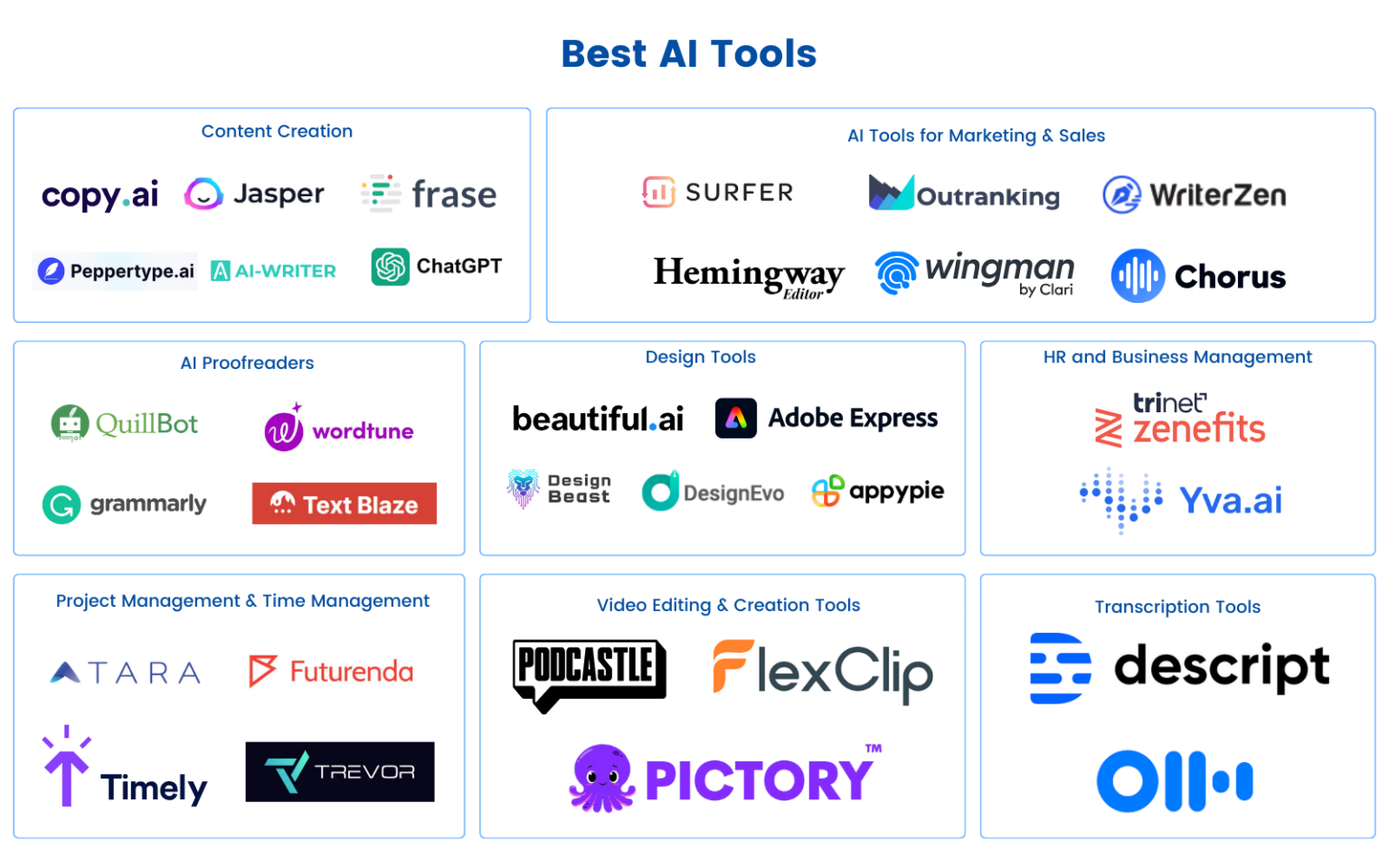
By Dr. Emily Carter, Biomedical Engineer
Generative AI has rapidly evolved over the past few years, driving innovation across industries and becoming a central focus for businesses worldwide. As we step into 2024, the landscape of generative AI continues to shift, promising groundbreaking advancements and transformative applications. In this article, we’ll explore the top generative AI trends shaping the future and how they're redefining the way we work, create, and interact with technology.
Generative AI: The Biggest Trend
Generative AI is more than just a buzzword—it’s the cornerstone of technological advancement in 2024. Recent data reveals that 88% of organizations are actively exploring its applications, a testament to its widespread adoption and potential impact. From creating synthetic media to simulating real-world scenarios, generative AI is poised to deliver trillions of dollars in economic value. By enhancing productivity and personalizing workflows, it’s reshaping industries like healthcare, marketing, and finance.
Multimodal AI: Unlocking New Possibilities
One of the most exciting trends in generative AI is the rise of multimodal AI. But what exactly is it? Multimodal AI combines diverse data types—text, images, audio, and video—into a unified model. This enables AI to identify complex patterns and make connections across multiple data formats.
For example, in the financial sector, multimodal AI can analyze customer demographics, spending behaviors, and sentiment data to enhance prediction models. Similarly, marketers can use it to generate more precise insights into customer journeys. Ultimately, multimodal AI makes applications more intuitive and effective, paving the way for a more interconnected world. Learn more about multimodal AI here.
Customizable AI Models: Tailored for Niche Needs
In 2024, customizable AI models are taking center stage by addressing specific challenges across industries. Unlike generic, one-size-fits-all AI systems, customizable AI allows businesses to adapt models to their unique requirements, with significant traction seen in sectors like healthcare, legal, and financial services.
These models offer added control over sensitive data, boosting privacy and security measures. For instance, a healthcare provider might deploy a model specialized for radiology imaging, ensuring compliance with strict data protection regulations while enhancing diagnostic efficiency. Customization not only improves accuracy but also makes AI more accessible and practical for niche applications.
AI in Workplace Productivity
One of the most tangible uses of AI today is in streamlining workplace productivity. Generative AI excels at automating repetitive tasks, freeing employees to focus on creativity, strategy, and emotional intelligence. This reimagines traditional workflows, leading to faster turnaround times and higher job satisfaction.
Take writing, for example: AI can generate article outlines, assist with editing, or even handle data input tasks. Similarly, in manufacturing, AI ensures greater accuracy in quality control. Discover how businesses are leveraging AI to boost productivity.
The Role of AI Regulations
As AI adoption soars, the need for ethical frameworks and regulations becomes vital. Issues such as misinformation, algorithmic bias, and data manipulation have sparked global conversations about accountability. In Europe, the development of a comprehensive AI bill has highlighted the importance of proactive regulation to govern AI use responsibly.
As organizations integrate more AI into their operations, compliance with these frameworks will not only mitigate risks but also build trust among stakeholders. Expect to see significant advancements in AI governance throughout 2024.
AI Transforming Healthcare and E-commerce
Healthcare
Generative AI’s impact on healthcare is nothing short of revolutionary. From early disease detection using image-based diagnostics to accelerating drug discovery, AI is making healthcare more effective and efficient. Startups are leveraging AI to develop personalized treatment plans, improving patient outcomes while reducing costs. Explore groundbreaking healthcare applications powered by AI.
E-commerce
Meanwhile, in e-commerce, generative AI is redefining how businesses cater to customers. AI algorithms enable dynamic pricing strategies, personalized shopping recommendations, and enhanced search functionality, making online shopping seamless and intuitive. Imagine walking into a virtual store where every item is curated specifically for you—this is the power of AI in e-commerce.
Conclusion
From multimodal applications to customizable models, the generative AI trends of 2024 are not just reshaping industries—they’re redefining the fabric of how we interact with technology. With its ability to boost productivity, personalize creations, and offer profound insights, generative AI represents unparalleled opportunities for businesses and individuals alike.
As AI continues its meteoric rise, staying informed is essential. Whether you’re a business leader, developer, or AI enthusiast, understanding and embracing these trends will help you unlock the full potential of this transformative technology.
Connect with us:
Watch this insightful video unpacking the future of AI:
Join the conversation on Twitter:
AI is revolutionizing industries! Discover the top generative AI trends in 2024 and how they're transforming workflows. #AI #GenerativeAI #2024Trends
— [Date]
